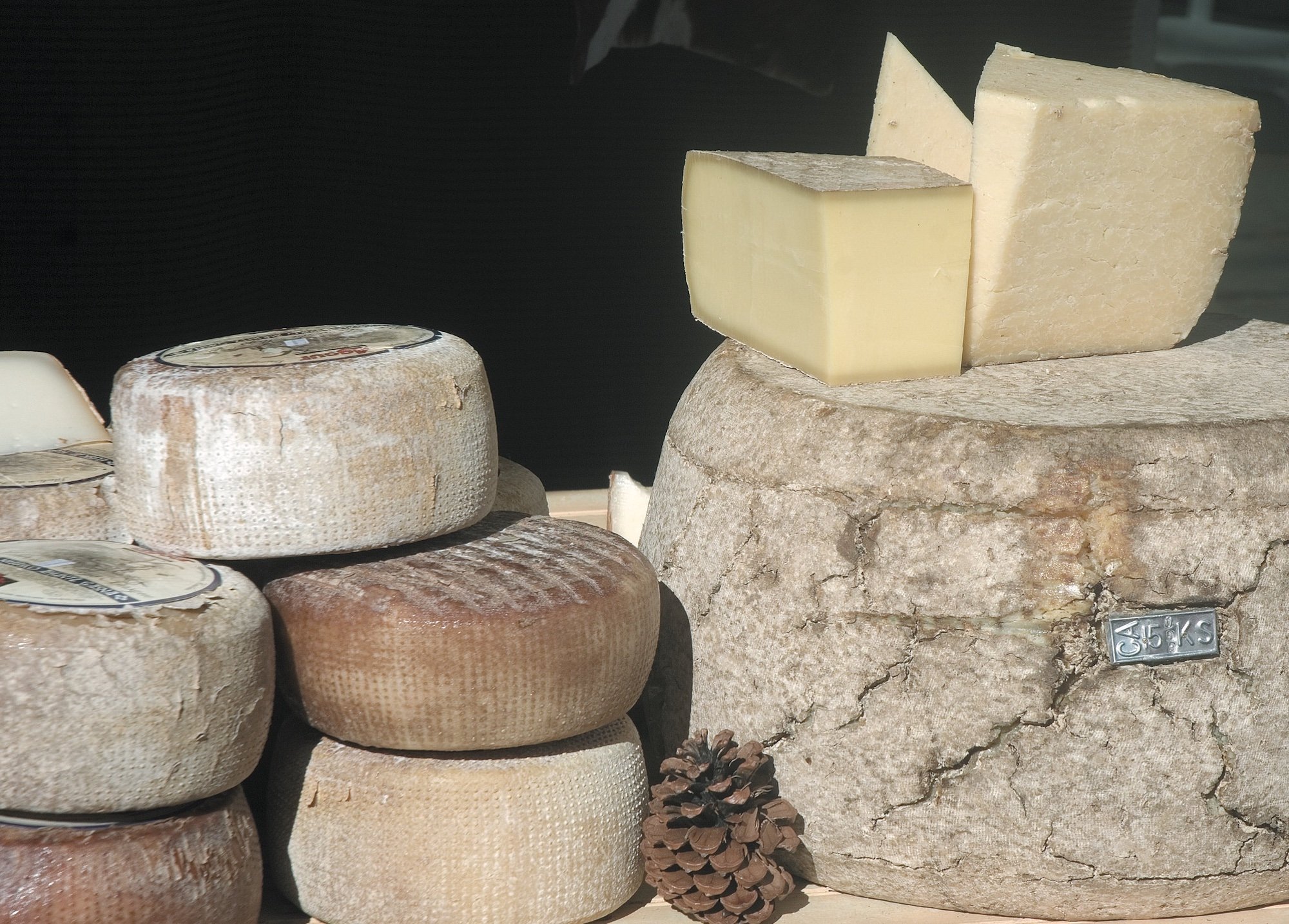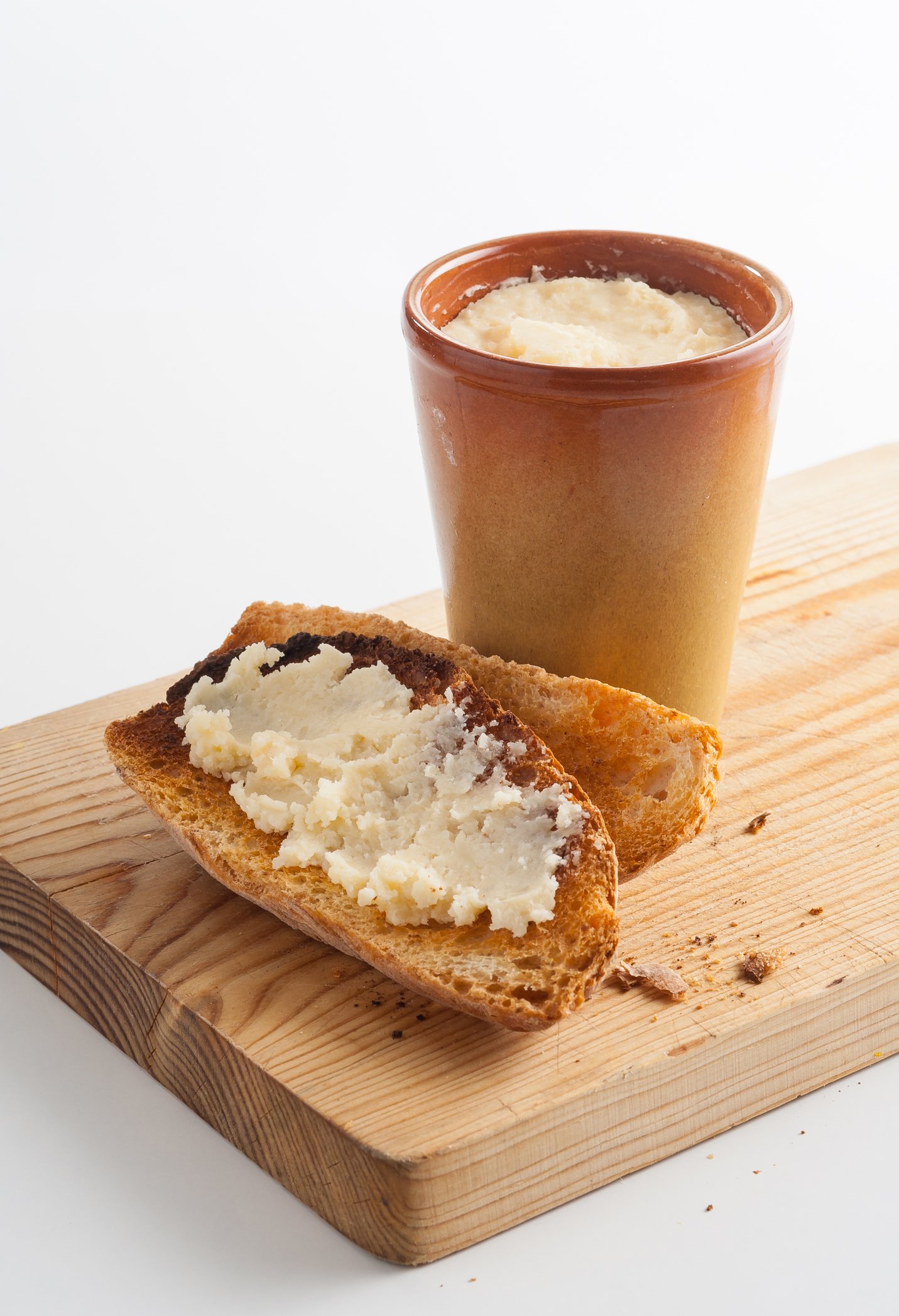5 Top Cheeses from Catalonia You Need to Know
Cheeses of Catalonia
Catalonia is one of the most diverse cheese regions in all of Spain. With more than 150 known varieties, every nook and cranny of the mountainous countryside has small producers and dairy cooperatives making unique, delicious cheeses.
While Catalonian cheesemaking pre-dates the Middle Ages, most of the world wasn’t able to enjoy the region’s offerings until the recent past because the remote location and difficult terrain made transporting products difficult. Further compounding the problem, the chain supermarkets of the 1970s and 1980s that dominated Catalonia’s biggest city and capital, Barcelona, sold only commercially-produced cheeses.
The 21st century has seen a robust focus on small dairy farmers and authentic cheese production. The new generation of cheesemakers boasts a diverse professional and educational background full of travel experience and creative ideas, infusing modern Catalonian cheese culture with new energy and cultural perspective as they bring the mountains to the big cities and beyond.
Here are 5 Catalonian cheeses you need to know.
1. Mató
Mató with honey
Along with Serrat and Tupí, Mató is one of the oldest cheeses in Catalonia, first appearing in the 14th-century Catalonian cookbook, Sent Sovi. Found in southeastern Catalonia, the best known wheels come from the villages surrounding the Montserrat mountain range, especially Marganell, and Ullastrell.
Soft and spreadable, Mató is a whey cheese that is texturally similar to Italy’s ricotta fresca and Corsica’s brocciu, although no salt is used during production. Raw cow’s milk, or occasionally goat’s milk, is boiled and coagulated using animal rennet, thistle flower, or fresh lemon juice. The curds are filtered through wicker containers, resulting in a thick cheese that is slightly sweet from the concentration of the milk’s lactose.
Many producers, such as Can Florí in Marganell, make Mató de Monserrat by hand. Large-scale commercial versions are available as well, although they are made with pasteurized milk and mechanical production.
Mató is still enjoyed as it was in the Middle Ages, as a dessert, drizzled with honey or powdered sugar. Recently, regional restaurants have revived a traditional cheesecake called coca de brossat, made with Mató, cinnamon, and lemon zest.
2. Garrotxa St. Gil
Garrotxa
Arguably the most iconic goat’s milk cheese made in Catalonia, Garrotxa is a pasteurized cheese with a fascinating history.
The choice to use pasteurized milk can be traced back to the late 1970s when Francisco Franco’s dictatorship came to an end. During the final years of his rule many of Barcelona’s population of jiposos, “hippies”, moved to the countryside to escape persecution. To help sustain themselves, many chose to start making cheese as their profession.
They discovered many of the region’s older generation suffered from brucellosis, a bacterial infection caught by consuming the uncooked blood of animals, a practice observed by the elderly. Because of the perceived risk of sickness, they simply refused to eat any raw milk cheeses. To convince the locals to buy and eat their products, the new wave of dairy farmers chose to pasteurize their milk to remove any concerns.
Garrotxa was originally called Pell Florida, which is Catalan for “skin flor”, referring to the distinct tufts of grey mold that rise from the wheels as they age. The name was changed in the 1980s to help strengthen the region’s reputation for cheese-making, adopting the name of an ancient village in the Girona region. Today there are only 10 dairies making Garrotxa, including Formatges Sant Gil d’Albió, whose owner Josep Martí is a second-generation cheesemaker.
Each two-pound wheel is aged for five to six weeks, developing a smooth exterior and uniformly white interior. The firm but yielding texture and mellow flavor make this a popular choice to serve with fresh fruit and the region’s light-bodied wines. Garrotxa is also superb shaved over grilled vegetables or in fresh salads.
3. Serrat
Serrat Gros
Serrat is one of the oldest cheeses in all of Spain. Made in the Catalonian region of Valle de Aràn near the Pyrenees since the 10th century, it was first produced by shepherds and farmers. It played an important role in the local economy, not only as a source of nutrition for consumption but also as a valuable commodity for local trade. Serrat is included in the Slow Food Ark of Taste.
Historically, Serrat was made from the unpasteurized, high-fat spring milk of Xisqueta di Lleida and Aranese sheep. Today, wheels are made from the raw milk of indigenous Txiqueta and Ripollesa breeds, and for longer periods each year. Smaller wheels, such as those produced by Formatgeria Serrat Gros, can be aged for as little as two months while larger wheels can be aged up to a maximum of two years. They are compact and dense, with an interior that notably lacks any ‘eyes’. These characteristics give the cheese its name, deriving from “cerrado”, the Spanish word for closed.
Serrat is intense and buttery, with a concentrated paste and a spicy, lingering finish. Locally, it is often eaten with dried fruit in a salad, shaved into thin slices and layered with roasted vegetables, or cut into cubes and dipped into a glass of full-bodied red wine.
4. Tupí
Tupí de Sort
Tupí is another ancient cheese from the Pyrenees, dating back centuries. Created from the leftover curds and scraps from making Serrat, this cheese was first produced as a way to make use of flawed Serrat wheels.
The scraps were blended with olive oil and high-proof alcohol such as aguardiente or grappa. The mixture was stored in a small earthenware container called a tupí, covered with a cloth to block insects, and then left outdoors to ferment in the open air for two to three months. The result is a pungent, intense cheese with a sharp flavor and creamy, spreadable texture.
Today, Tupí is also made from unpasteurized cow milk. One of the most popular versions is produced by Formatgeria Tros de Sort. Just as formidable as its sheep’s milk counterpart, It is enjoyed slathered on homemade bread or mixed into fresh tomato sauce to help tame the piquant flavor.
5. Puigpedrós
Puigpedros photo credit Francesco Sapienza
In the mountainous, sunny region of La Cerdanya in the eastern Pyrenees, Pere Pujon makes a variety of cheeses at his farm, Molí de Ger. Once a flour mill, the property now serves as the home base for all of Pujon’s cheese-making. In the U.S. Puigpedrós is imported by Forever Cheese.
Each of the 8 different cheeses offered is made with raw milk collected from the herd of 100 Fresian cows tended by Pujon’s father and brother. Puigpedrós is one of their most popular cheeses, named for a mountain on the border between Catalonia, Spain and the département of Pyrénées-Orientales. Each wheel weighs nearly five pounds after aging for a minimum of three months in their ripening caves. Periodic brine washing yields a ruddy, pinkish-orange rind and deeply earthy aromas.
The dense, smooth interior paste offers up flavors of roasted chestnut and cream mixed with a concentrated and quite persistent earthiness. The personality of Puigpedrós reflects the terroir of the region beautifully. It’s right at home with toasted hazelnuts and quince. For a more regional experience, try it melted over fresh asparagus with black olive bread and a bottle of the region’s full-bodied, intense red wine.






